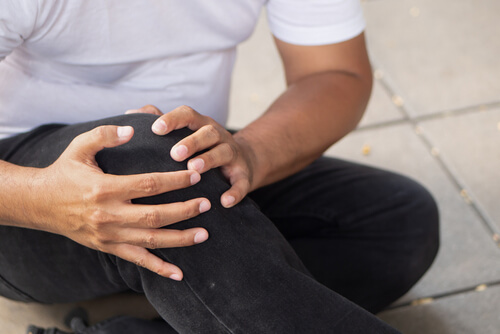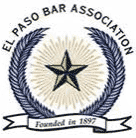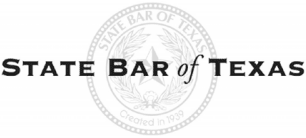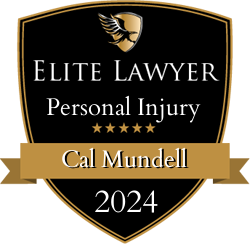What are the Legal Requirements for Proving a Slip and Fall Case in Texas?
 Injuries and potential long-term consequences can come about as the result of a slip and fall accident. As a victim or someone you know who has been injured in a slip and fall, you may be wondering about the legal options and requirements for pursuing a personal injury claim.
Injuries and potential long-term consequences can come about as the result of a slip and fall accident. As a victim or someone you know who has been injured in a slip and fall, you may be wondering about the legal options and requirements for pursuing a personal injury claim.
Proving a slip and fall case in Texas involves demonstrating that the property owner or occupier was negligent and that their negligence was the cause of the accident. To establish a successful slip and fall claim, several legal requirements must be met.
Duty of Care
The plaintiff (injured party) must establish that the property owner or occupier owed them a duty of care. This means that the property owner had a legal obligation to maintain their premises in a reasonably safe condition and take necessary precautions to prevent injuries to visitors.
Breach of Duty
It must be shown that the property owner breached their duty of care by failing to take reasonable steps to address known hazards or dangers on their property. This could include failing to repair a broken railing, not cleaning up a spill promptly, or neglecting to remove ice or snow from walkways.
Causation
The plaintiff must prove that the property owner's negligence directly caused their slip and fall accident. In other words, the hazardous condition or dangerous situation on the property must be the direct cause of the plaintiff's injuries.
Notice
A demonstration that the property owner had prior knowledge of the hazardous condition and had a reasonable opportunity to address it may need to be provided by the injured party. Previous complaints, maintenance records, or a history of similar incidents on the property can be evidence of this.
Reasonableness
The plaintiff must show that the property owner's failure to address the hazardous condition was unreasonable under the circumstances. This is often assessed by considering whether a reasonable person would have taken action to prevent the accident.
Comparative Negligence
Texas follows the modified comparative negligence rule. This means that if the plaintiff is found partially responsible for the slip and fall accident (e.g., they were not paying attention or were engaged in risky behavior), their compensation may be reduced in proportion to their level of fault.
Damages
Finally, the injured party must provide evidence of the damages they suffered due to the slip and fall incident. Things such as medical bills, lost wages, pain and suffering, and any other relevant losses may be enough to prove a claim.
Contact an El Paso, TX Personal Injury Attorney
Slip and fall cases in Texas can be complex, and gathering evidence, obtaining witness statements, and preserving the accident scene are critical to building a strong case. If you've been injured in a slip and fall accident, consult with an experienced El Paso personal injury attorney like Cal Mundell at Cal Mundell Law Firm, PLLC to understand your rights and pursue fair compensation for your injuries and losses. Call 915-250-0700 to receive a free consultation.
Source: https://statutes.capitol.texas.gov/Docs/CP/htm/CP.41.htm
 915-250-0700
915-250-0700








